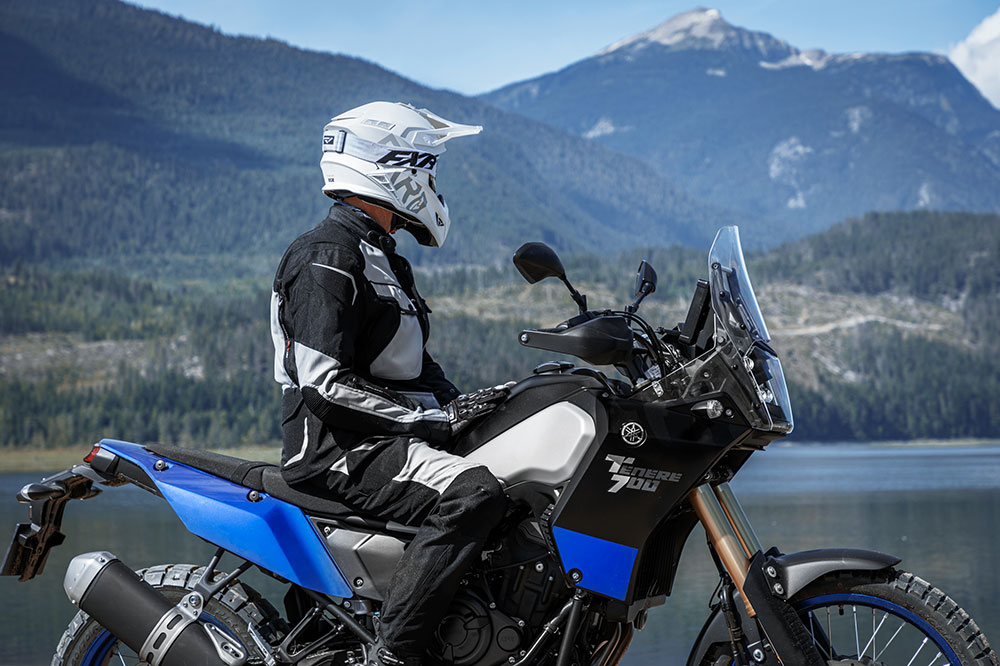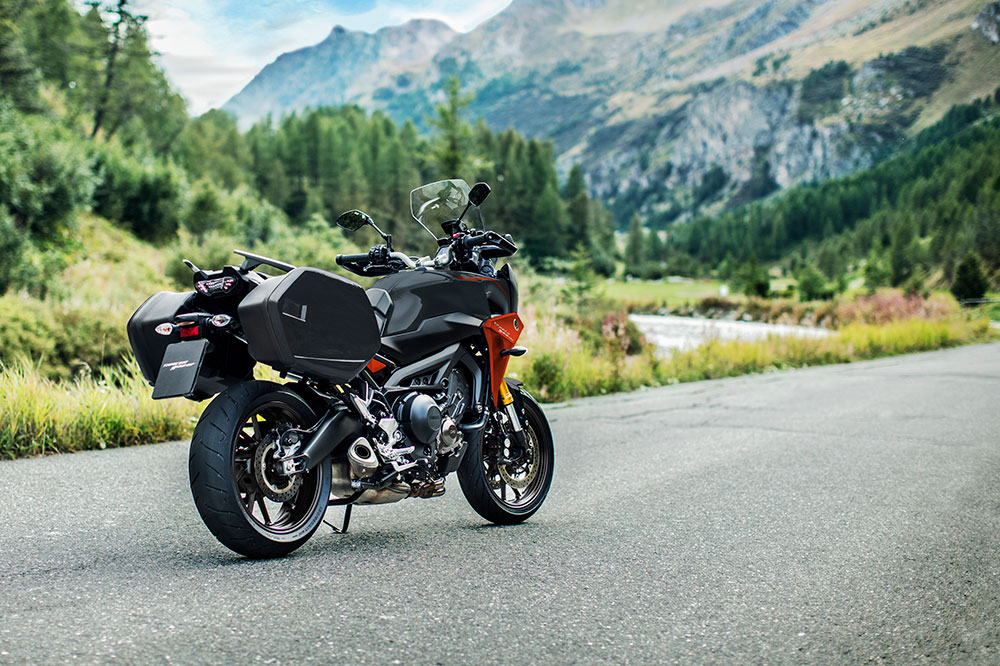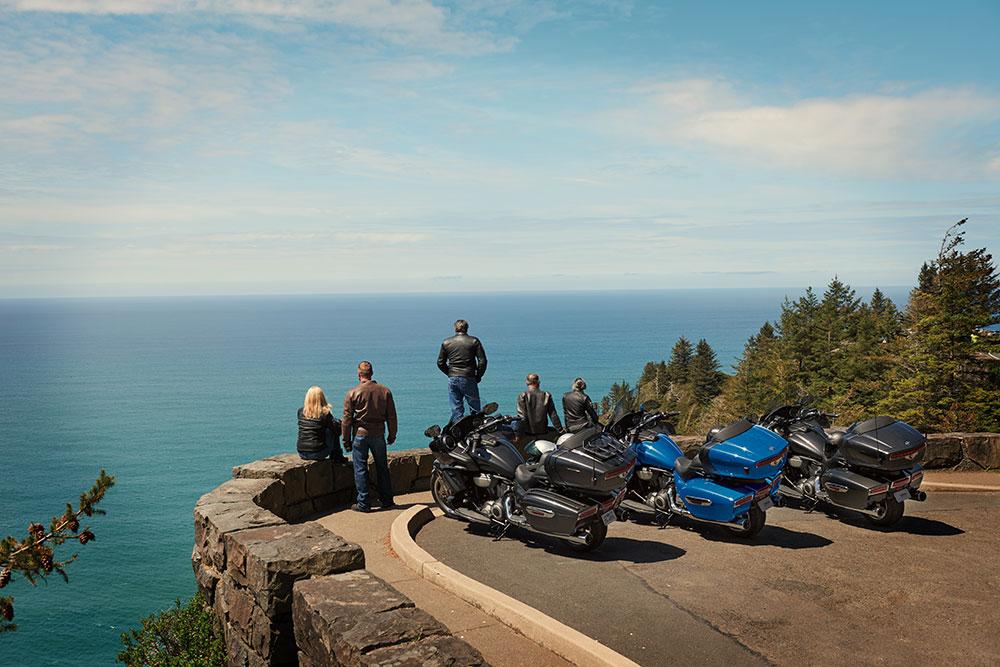Touring is one of the most enjoyable experiences anyone can have on two wheels, and it’s a major factor in the purchase of many a motorcycle. However, the process of prepping for a true road trip can be intimidating for newcomers. What do I pack? What if it rains? If you’re anxious to go touring but intimidated by everything that comes with it, don’t worry! All the essentials for a successful trip—luggage, comfort, riding gear, and even trip planning—are right here.

1. Luggage
Having the ability to carry exactly what you need is a perfect place to start (a backpack is not an ideal option for long days on the road). Side bags (also known as saddlebags, panniers or side cases) offer you enough room to carry essential luggage while not overloading or altering your bike’s manners dramatically. Tank bags mount to your gas tank and provide convenient storage for go-to items like your phone, map, sunglasses, etc. Luggage racks and top cases are options to consider if longer rides are going to become part of your regular riding habits.
2. Creature Comfort
Sitting on a motorcycle for extended periods of time can be tiring, but certain features can overcome this challenge. Changing out your stock seat or windshield for a more touring-oriented version can extend your comfort by hours each day. Heated grips can be a lifesaver, particularly for Canadian riders, when the weather or temperature suddenly changes. You might also consider a GPS device, a USB adapter for your phone, cruise control, a tall handlebar or a backrest.
A few comfort accessories can improve any length of ride, regardless of the motorcycle you’re riding.

3. Riding Gear
The memories made on long tours can be easily influenced by the riding gear you choose to take. Years from now, your story about that time you rode across Canada shouldn’t focus on how miserably cold you were; having gear with ventilation for hot summer days, an interior liner for cold mornings, plenty of armour and a waterproof shell will ensure your tales are focused on the roadside attractions and the incredible memories you made.
Beyond the standard items like a quality helmet, jacket, boots, seasonally appropriate gloves and riding pants, you should also consider moisture-wicking undergear, a neck warmer, quality sunglasses and a rain jacket. And always pack layers—it gets colder than you’d expect at night, even in the middle of summer.
4. Stay fueled (your body, that is)
When planning a big tour, it’s important to remember that there’s no “home base” to return to at the end of the day. This means packing your own snacks and hydration for the ride. You need to stay sharp on the bike and keep your energy levels up, so grab some protein bars, trail mix and beef jerky—they’re all easy to pack and offer ample sustenance.
Do not hesitate to stop for a quick break if you feel tired or drowsy. Tired riders are a danger to themselves and everyone around them. Accounting for snacks and personal care will keep the group moving efficiently en route to the next stop on the tour.
5. Planning
Although this step may seem obvious, it’s too important to overlook. When starting out, make sure to set a destination that is attainable and reasonable. The size of your group, skill level of riders and weather conditions will all contribute in their own way. Plan ahead for a town to have lunch in, and book your accommodations in advance (unless you want to risk the chance of getting the last room in a shady motel on the outskirts of town). Keep to your schedule, too—even expert riders know the perils of riding when it’s dark, cold and you’re in unfamiliar territory.

Your riding season should be full of positive memories. Let these essential touring tips make your time on the open road everything you wanted it to be.


 All Yamaha News
All Yamaha News